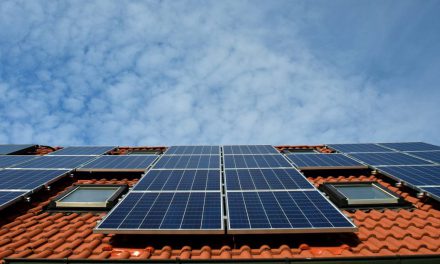Readers have taken note of California’s rising rental rates and most believe this points to a rental market bubble. 67% of our readers say a bubble is forming in the residential rental market, according to a recent poll.
Reader opinions have remained consistent over the past year. Poll results from a year prior were nearly identical, with 66% believing we were entering a rental market bubble then. Just as the trend in reader opinions has continued, so too has the significant growth in California’s rental rates.
California’s inflated rental market
Speculation of a rental bubble in California is no doubt due to rapidly increasing rental rates across the state. California cities frequently rank among those with the highest rental rates in the country, and rental rate growth continues to accelerate.
Further, California’s rental vacancy rates remain low, contributing to the rising rents.
What rental trends point to is a severe lack of multifamily inventory for the high rental demand. As California home prices continue to rise, residents are forced to remain tenants in the rental market longer. Renter population continues to expand beyond available inventory in the state, driving up rents and pushing vacancy rates down. California’s rental market is now inflated and appears to be in the midst of a bubble.
When will rents stabilize?
While demand for rental units is growing, multifamily construction to meet this demand is moving at a slower pace. To even out supply and demand, builders need to provide more rentals. This will see vacancies rise to a healthier level — around 5.5% in California.
Recently, much of the construction growth in California has been focused on single-family residences (SFR). Though SFR construction is critical to stabilizing the housing market, multi-family construction is equally needed to accommodate the increasing renter population and allow renters to save up for homeownership.
The good news is more rental construction is coming, and soon. Several affordable housing laws were passed last year to encourage low- and mid-tier housing construction in California’s most populated areas. This will likely see more rental construction arrive in greater numbers by the end of 2019 and into 2020, bringing with it a slowdown in rent increases.














